
Preface
On July 1, 2023, the national standard "Safety Technical Requirements for Chargers for Electric Bicycles" was officially implemented; On January 1, 2024, the newly released national standard "Electrical Safety Requirements for Electric Bicycles" related to electric bicycles will also be implemented.
The new national standard for unified electric bicycle charging interfaces will improve industry chaos, and the problem of different brands of electric bicycle interfaces not being compatible will become a thing of the past. Different electric bicycles can share chargers, which saves money and is more environmentally friendly. Shenzhen Kinri Energy has recently learned that Aolaite has launched a new national standard 300W electric bicycle charger to eliminate safety hazards caused by charger mismatch.
Product Introduction
The charger adopts a classic rectangular design, with a slightly curved transition at the side edges, creating a rugged yet understated style. Multiple detailed and thoughtful designs for a more outstanding experience. The color of the charger is classic black, and the surface has been frosted for a first-class texture, which is very resistant to dirt and durable.
The color of the charger is classic black, and the surface has been frosted for a first-class texture, which is very resistant to dirt and durable.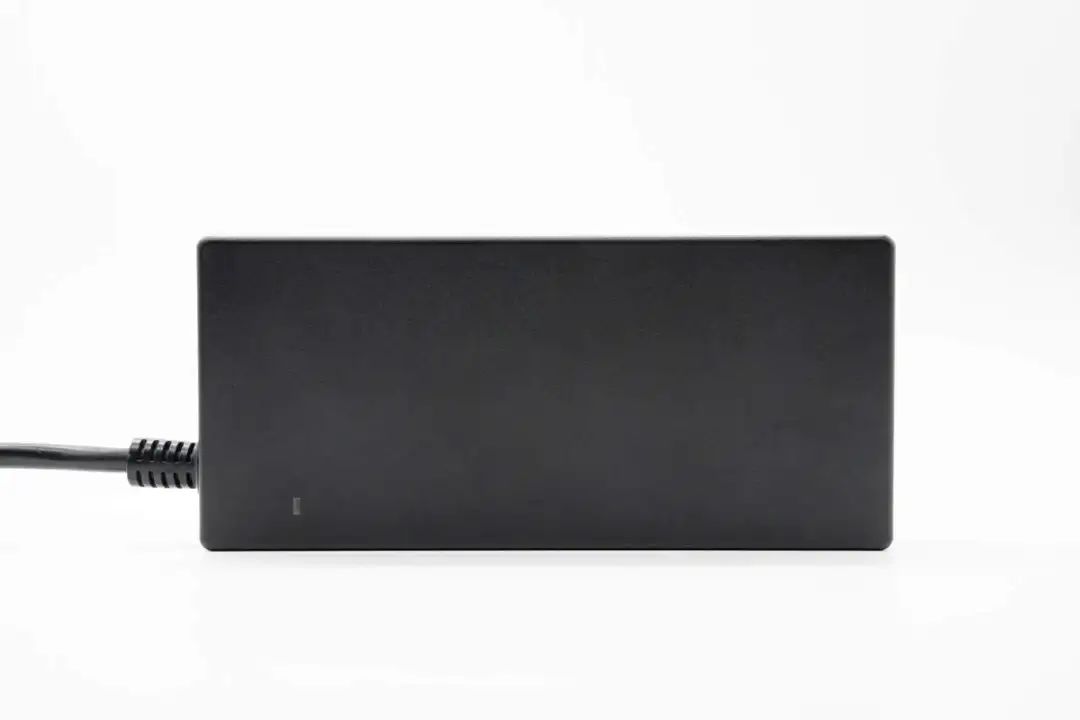 The front of the charger has a calm and atmospheric appearance, with a strong sense of unity.
The front of the charger has a calm and atmospheric appearance, with a strong sense of unity.
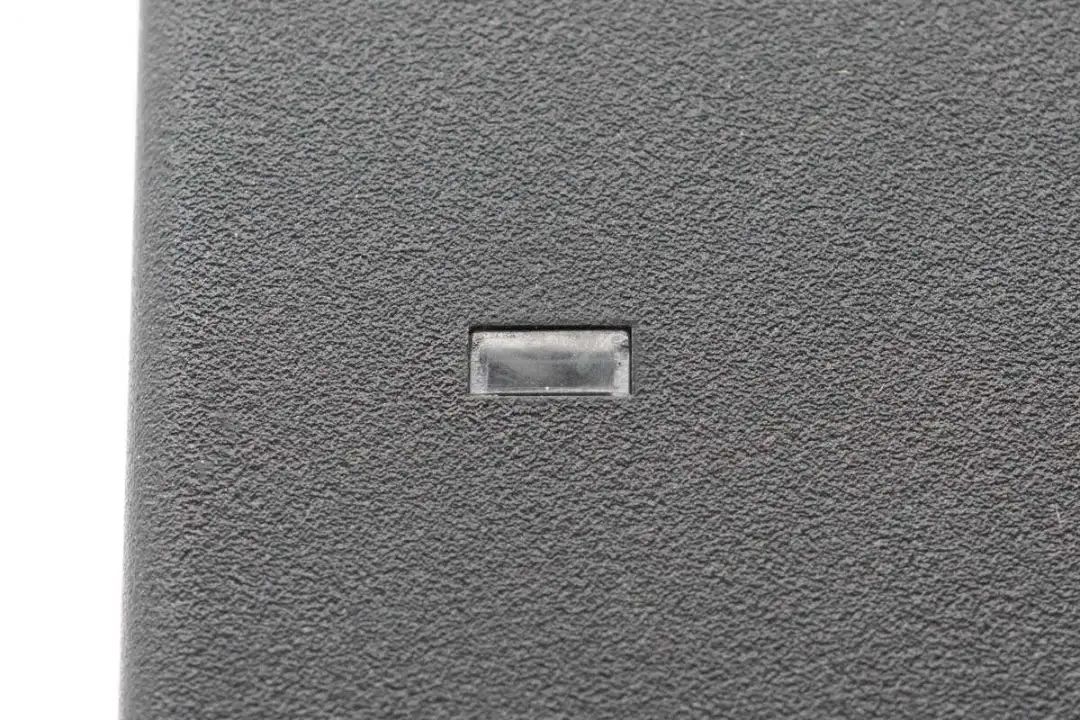
There is a rectangular charging indicator light at the bottom left of the charger. A red light that is constantly on indicates charging, while a green light that is constantly on indicates being fully charged or not connected. When the red light flashes, it indicates a charging error.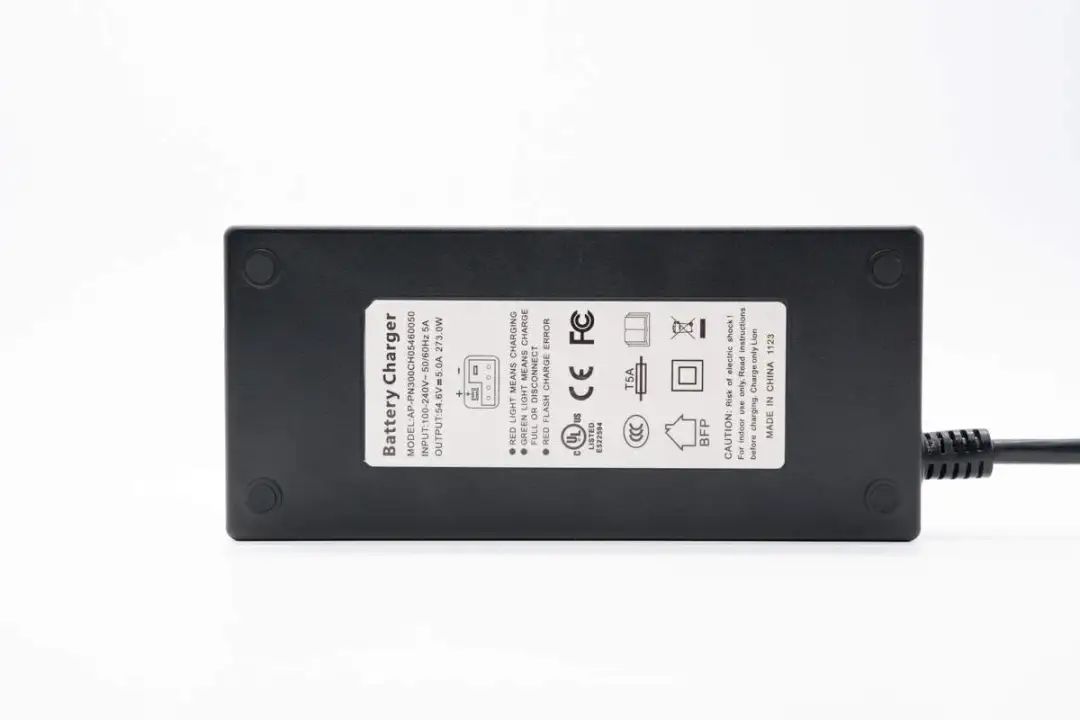 There is a white nameplate on the middle of the back of the charger, which bears product information.
There is a white nameplate on the middle of the back of the charger, which bears product information.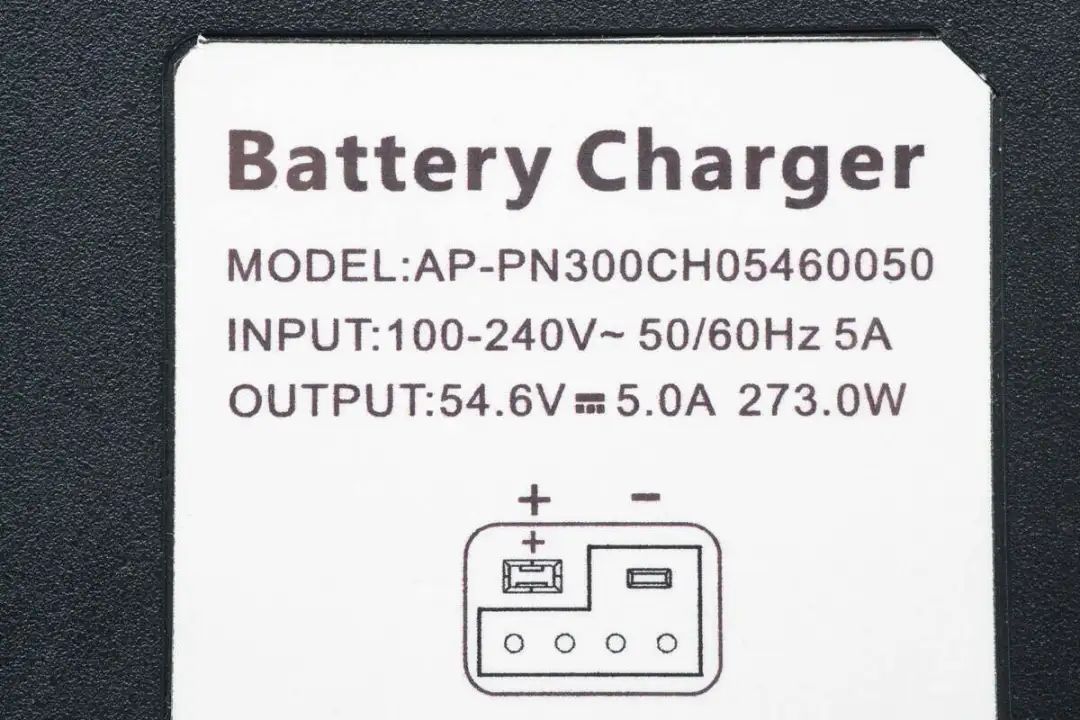
The battery charger model is AP-PN300CH05460050, with an electrical input specification of 100-240V~50/60Hz 5A and an output power of 54.6V 5A 273.0W. It supports fast charging of electric bicycles.
The charger has passed CCC national safety certification. Before using the charger, please read the manual. The charger only supports charging lithium-ion batteries.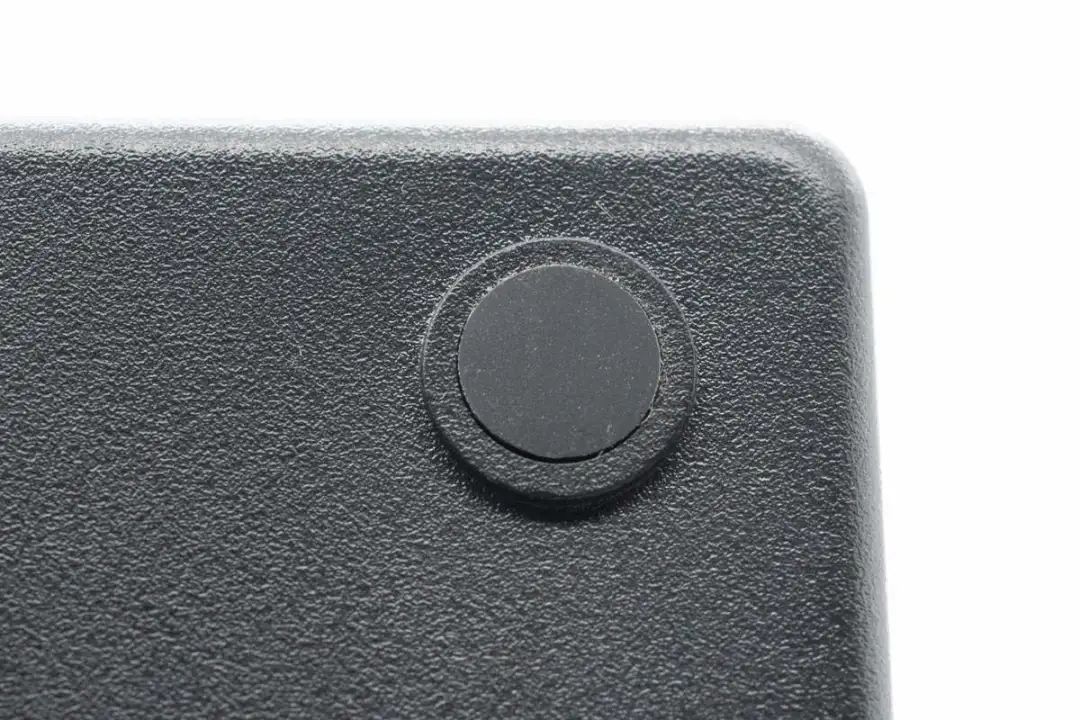
There are protrusions in the four corners on the back, and circular rubber pads are added to provide some cushioning and protection when placing the charger. There is a gap between the charger and the contact surface during charging, which is more conducive to heat dissipation during charging.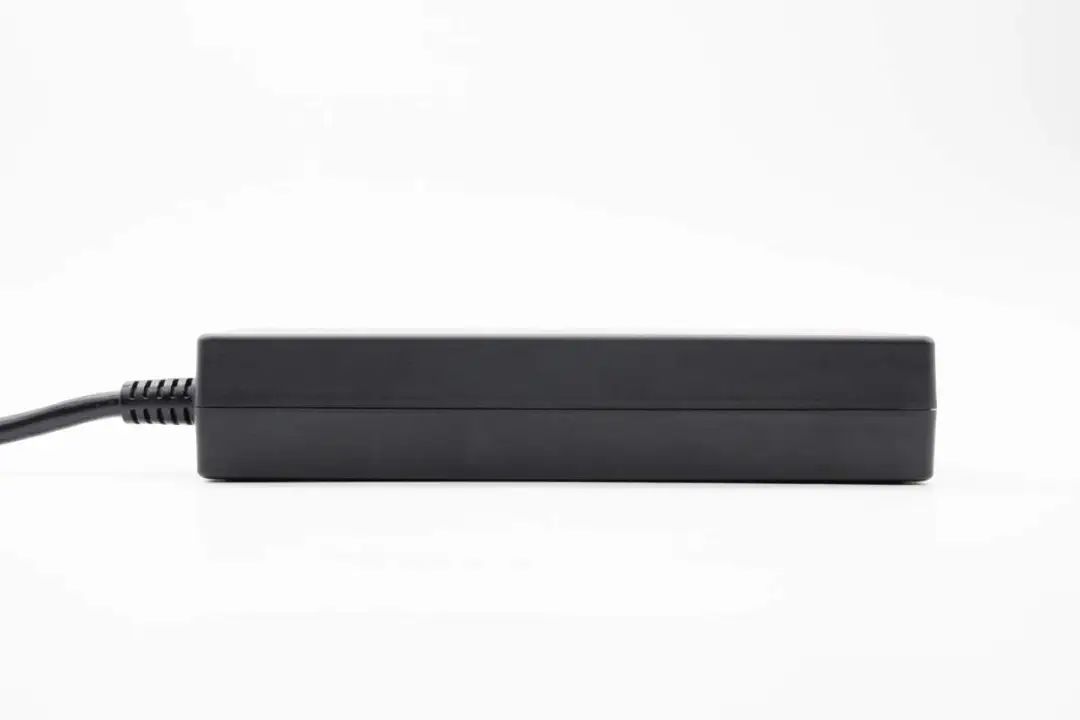
There is a long thin wire in the middle of the side of the charger.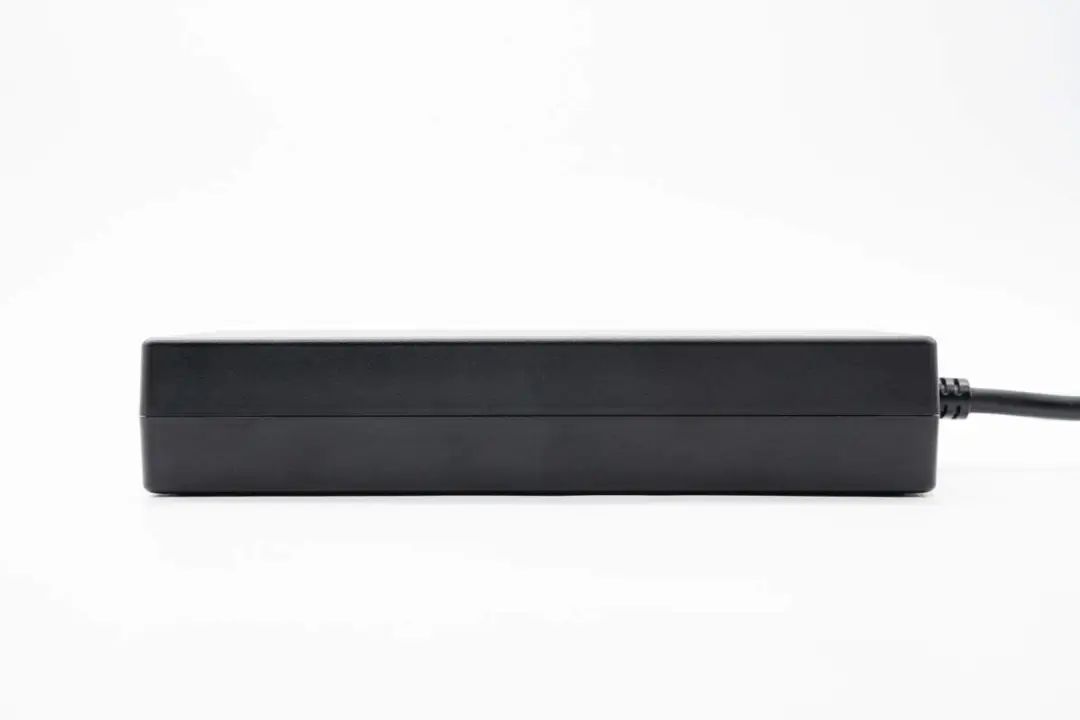 On the other side, there is also a long thin line.
On the other side, there is also a long thin line.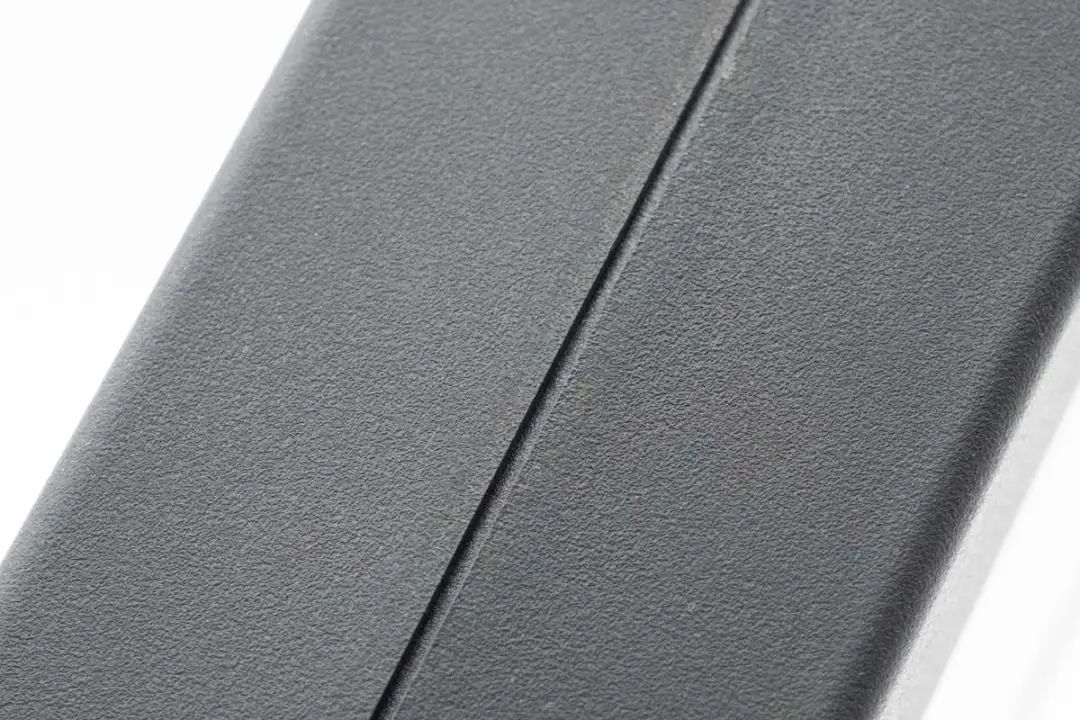
This thin line is located in the middle of the charger and is formed by splicing the upper and lower parts of the charger. The gap tolerance of the thin line is very small, and the workmanship is fine.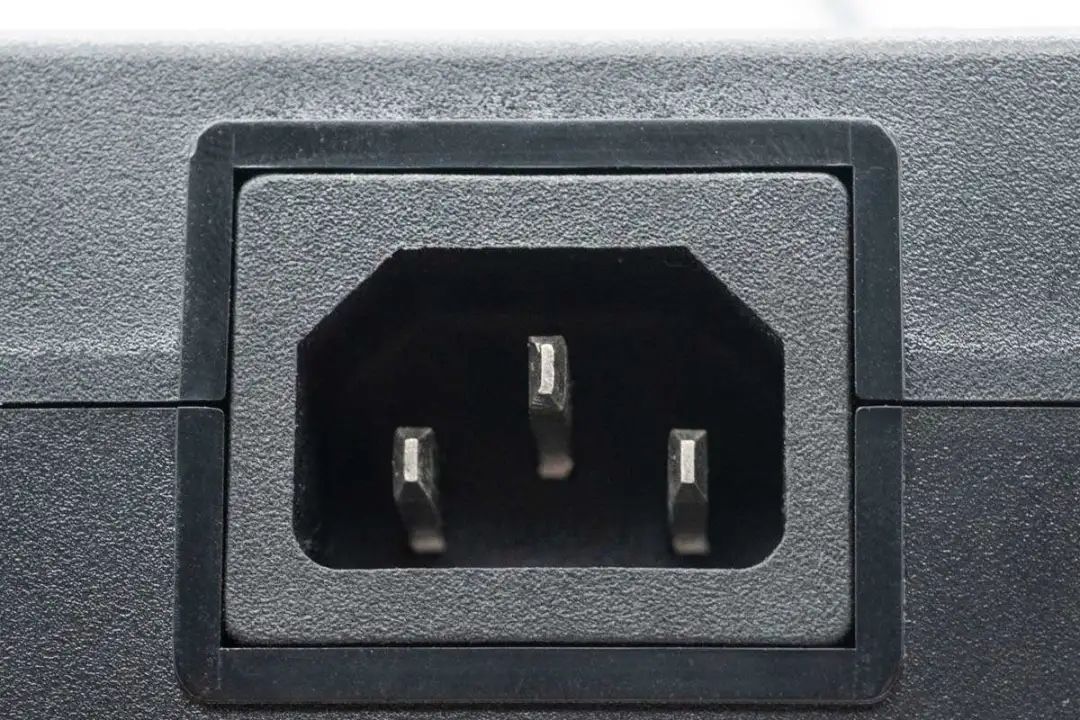
The center interface of the input end face is a pin shaped socket, which is wear-resistant and durable.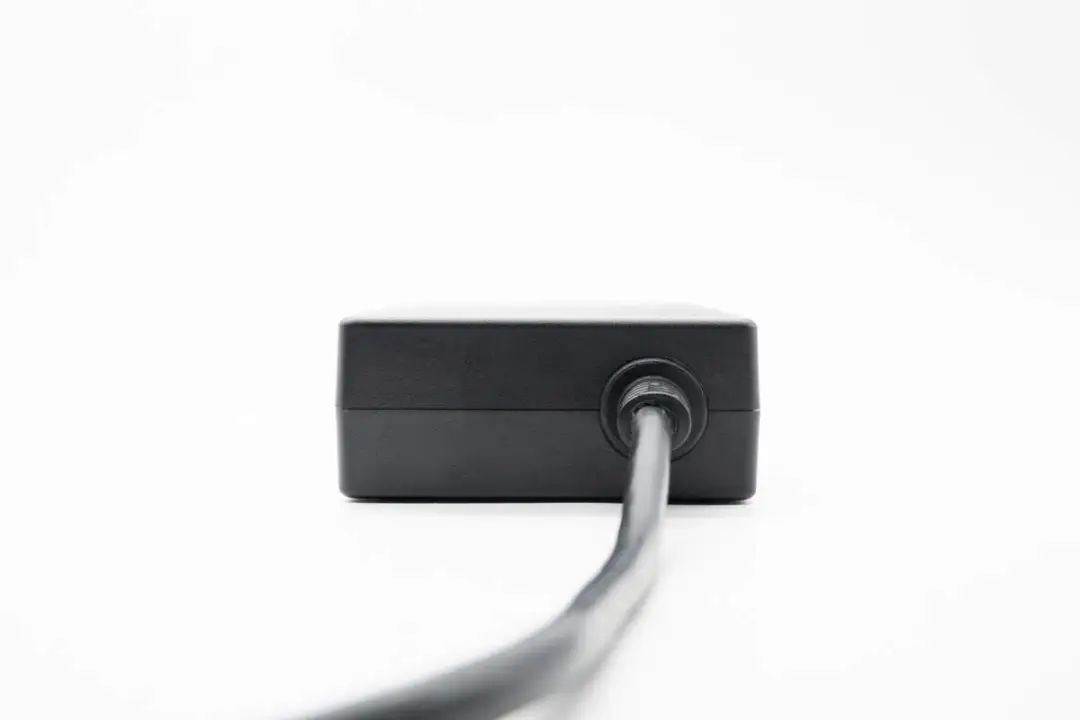
On the right side of the output end face is the wire connection.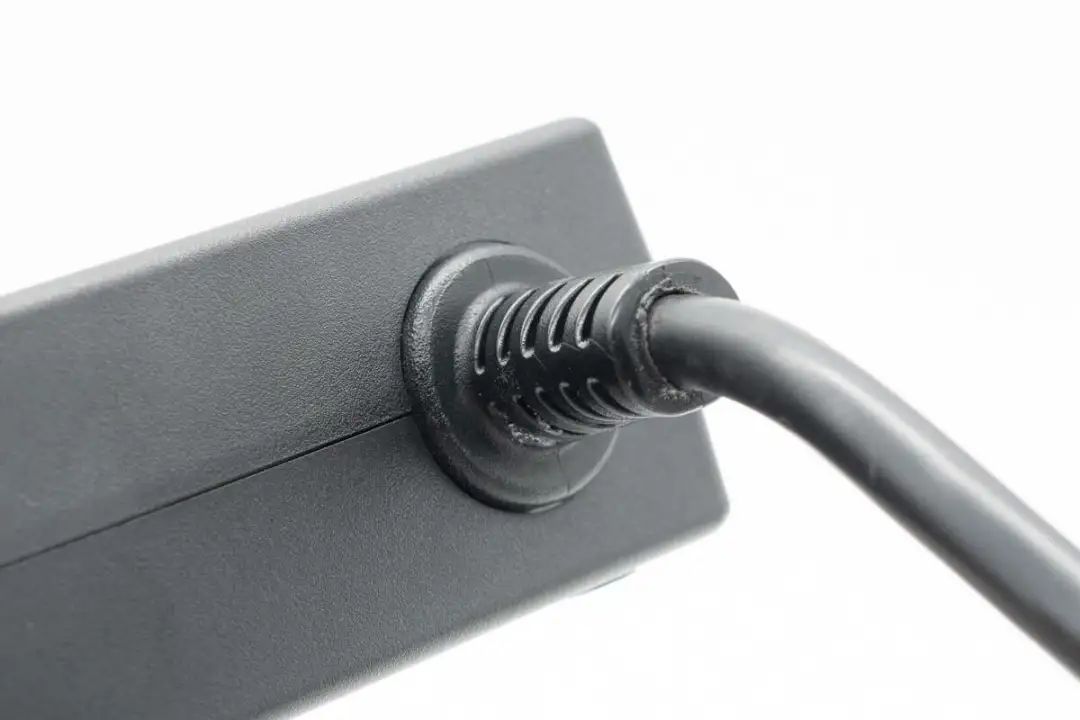
The connection is made of rubber shell material for buffering protection, which has a longer service life.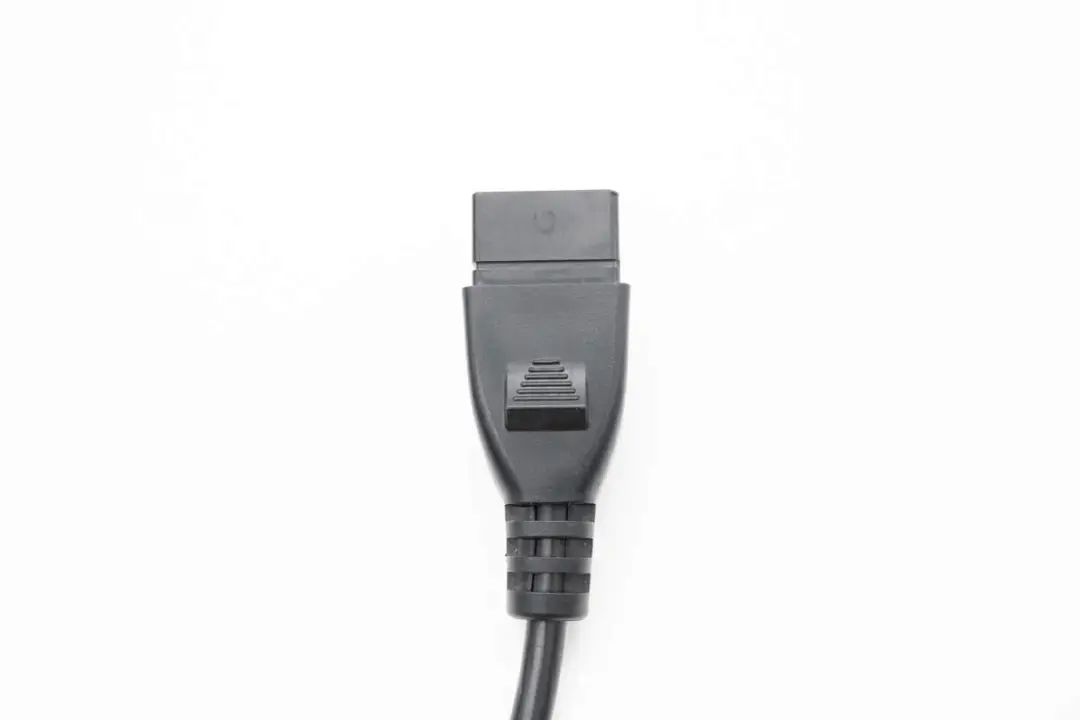
The plug has a small triangular protrusion design and a strip texture to increase friction, making it easier to plug and unplug during charging.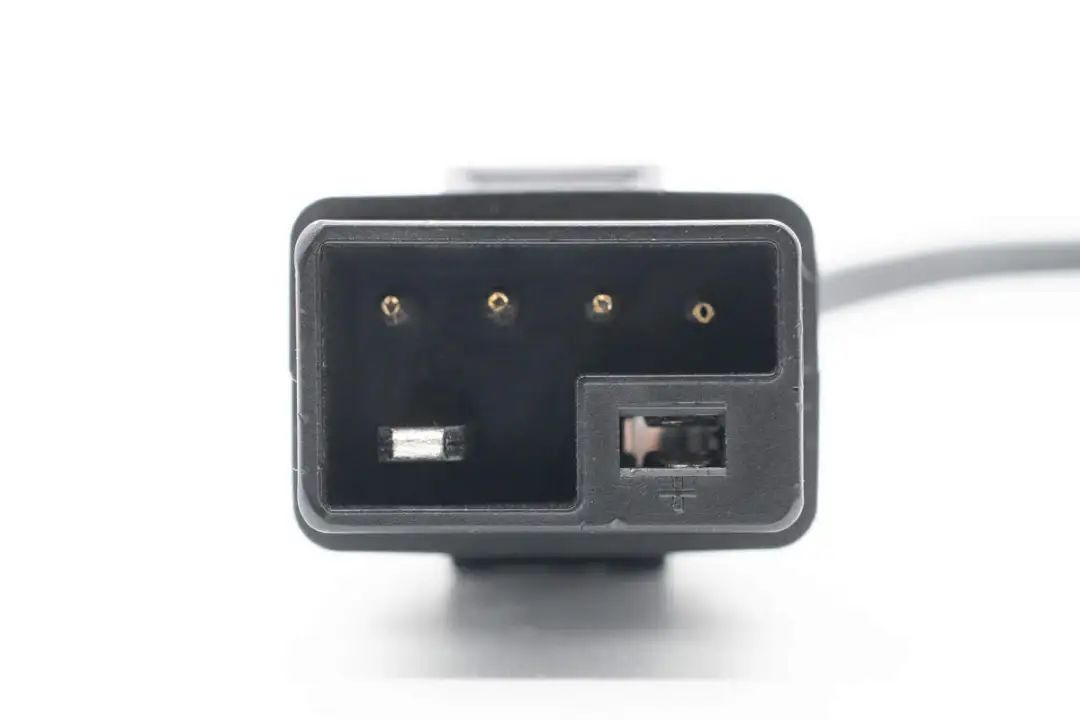
The plug specification is the new national standard for electric bicycles, designed with two power pins and four communication pins (2+4) for charging lithium-ion batteries, which looks a bit like a "Tetris" shape. The positive pole marked with the "+" symbol is located in an independent chamber in the lower right corner, while the negative pole and four communication pins are also placed in a large chamber to prevent mismatched safety hazards and significantly improve safety.
The actual weight of the charger measured by an electronic scale is about 1100g, and the materials used are relatively solid.
The charger has a length of approximately 206mm, a width of 94.05mm, and a thickness of 40.48mm. The wire diameter is 7.13mm, and the plug width is approximately 31.45mm. The output end wire, including the plug, has a length of approximately 151.6cm.